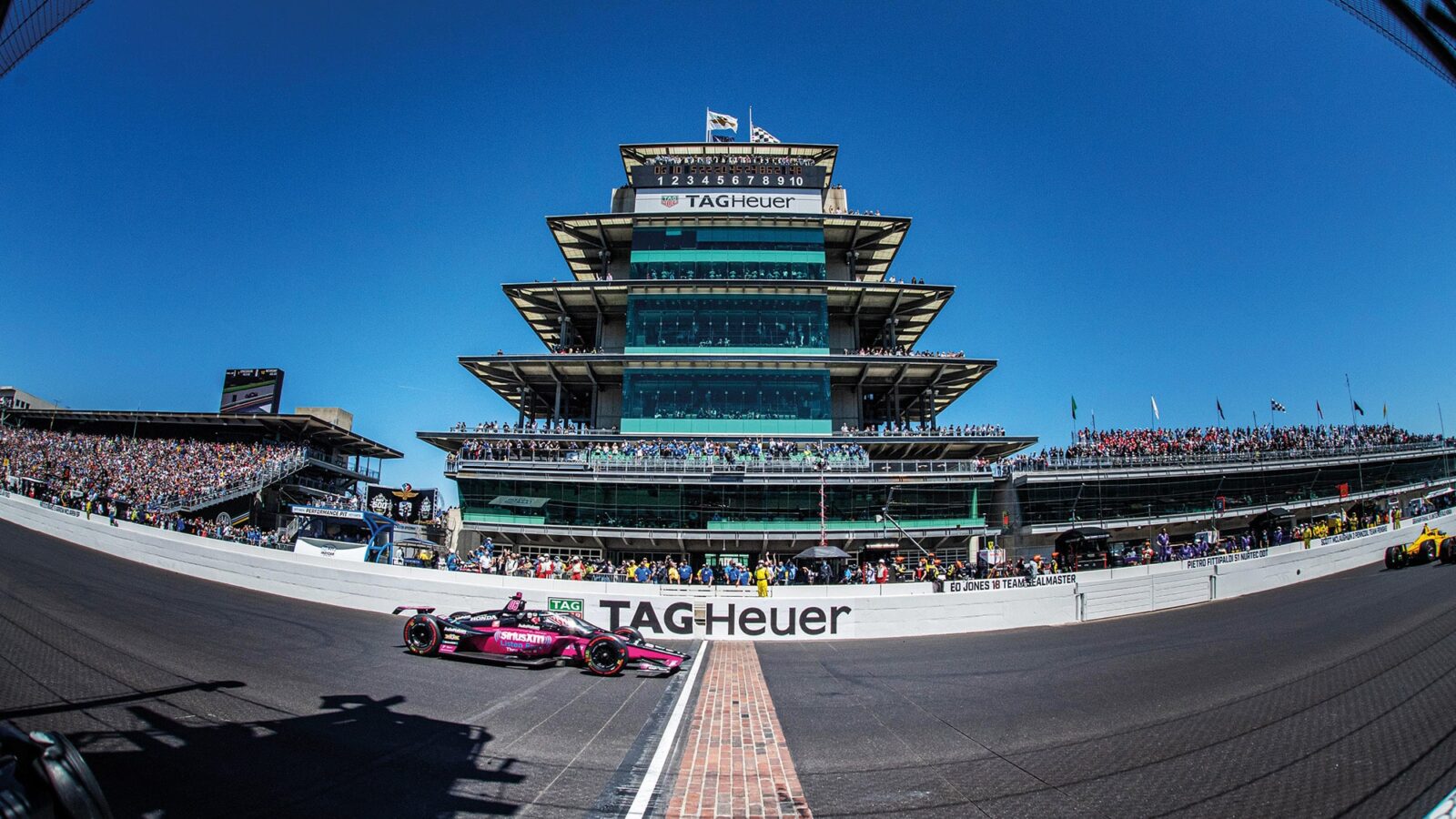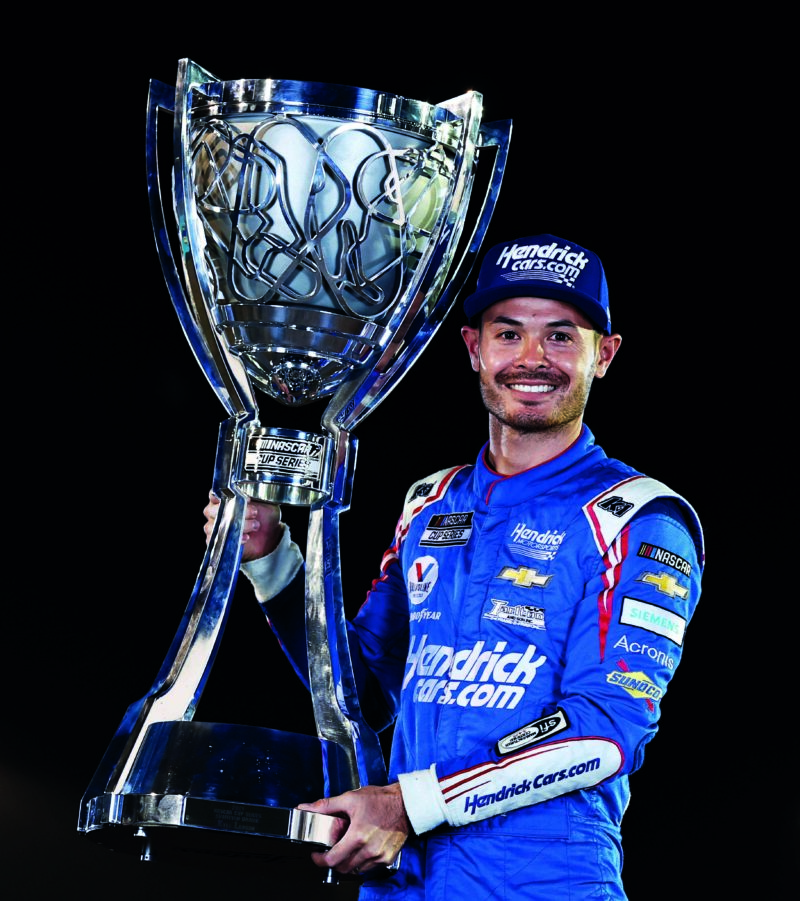2021 US racing season review
F1 might be on the rise in the US but IndyCar and NASCAR have enjoyed superb seasons, reports Preston Lerner

A fourth Indy 500 win for Hélio Castroneves
The biggest surprise in American motor sports this past year was the monster turnout for the US Grand Prix in Austin – 400,000 fans over the weekend, setting a Formula 1 record. But even as F1 generated international buzz in America, its traditional rival, IndyCar, featured some of the world’s most compelling wheel-to-wheel racing. Nine drivers from eight countries won races this past year. F1 hasn’t had competition this fierce since the heyday of the Cosworth DFV.
The biggest news for IndyCar in 2021 was the emergence of a cohort of young lions. Yes, Hélio Castroneves, as exuberant as ever at 46, earned his fourth Indy 500. But it was Alex Palou who claimed the championship through unflustered race craft that belied his age – 24. He spent much of the season jousting with 22-year-old Pato O’Ward. Meanwhile, at 21, Colton Herta showed the blinding pace that marked him as a champion-to-be and a candidate for Formula 1.
Although it’s tempting to think of two-time champ Josef Newgarden – who finished second this year – as a grizzled veteran, he’s only 30 himself. And the youth movement is gathering speed as drivers all over the world look to IndyCar as a plausible alternative to F1. Four rookies younger than 24 are already confirmed for 2022 – Kyle Kirkwood (USA), Devlin DeFrancesco (Canada), Callum Ilott (UK) and Christian Lundgaard (Denmark). Next year could see as many as 28 cars on the grid for several races, so things are looking up.
In NASCAR, Kyle Larson had an epic season. He won 10 races and set records for laps led and road course victories. Besides being crowned Cup Series champion, he confirmed his status as the successor to Jeff Gordon and Tony Stewart, outsiders who conquered NASCAR after apprenticing in open-wheel dirt cars. While other drivers groused about the length of the stock-car schedule, Larson supplanted his NASCAR commitments with dirt track races, winning the Chili Bowl in a midget, the Knoxville Nationals in a sprint car and the Prairie Dirt Classic in a late-model. In some ways 2021 was also a last hurrah: next year NASCAR will introduce its Next Gen car, which features composite body panels in place of sheet metal and independent rear suspension.

NASCAR’s new king Kyle Larson
Sean Gardner/Getty Images
Thanks in part to brilliant – or perverse, depending on your perspective – Balance of Performance adjustments, the racing in the IMSA SportsCar Championship was brutally tight. Lamentably, 2021 was the swan song for the perennially entertaining, factory-backed GTLM class, as IMSA doubles down on customer-racing programmes for GT3 cars. The past year also marked the end of the line for Mazda’s prototype programme, which went out on a high by winning the Petit Le Mans. Of course, the DPi category itself has been consigned to lame-duck status with a new LMDh class slated to replace it in 2023. By finally agreeing on a prototype formula shared by IMSA, the ACO and the FIA, sports car racing might be on the cusp of a renaissance.
